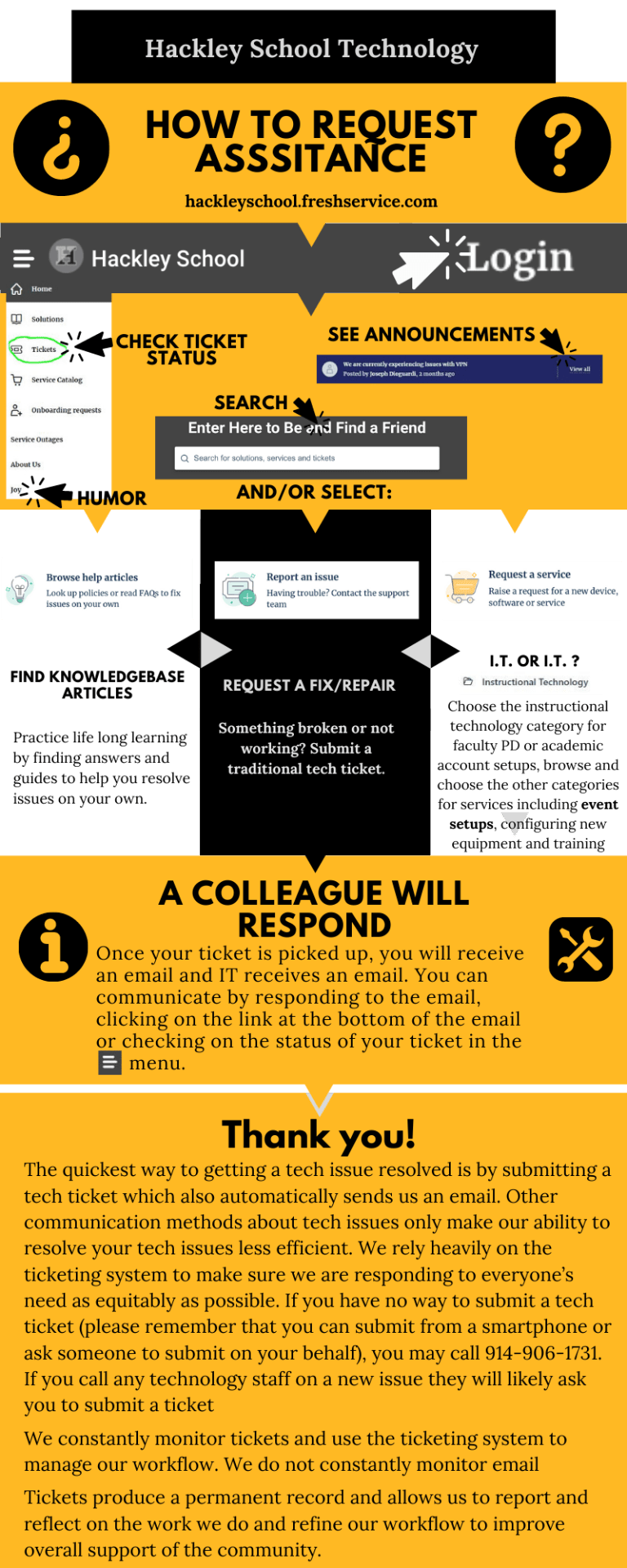 Today, journalist Clive Thompson spoke to Hackley Upper and Middle School faculty about conclusions he drew from his research done while preparing his book, Smarter than You Think: How Technology is Changing our Lives. Specifically, Mr. Thompson’s talk covered the contemporary use of technology in education. His presentation broke down into four main themes: flipping the classroom, public thinking, new literacies, and critical thinking/critical “using”.
Today, journalist Clive Thompson spoke to Hackley Upper and Middle School faculty about conclusions he drew from his research done while preparing his book, Smarter than You Think: How Technology is Changing our Lives. Specifically, Mr. Thompson’s talk covered the contemporary use of technology in education. His presentation broke down into four main themes: flipping the classroom, public thinking, new literacies, and critical thinking/critical “using”.
Flipping the classroom covered his observation and anecdotes from speaking with teachers around the world who employ the technique of assigning students to watch recorded lectures of content at home and engage in active learning in the classroom at school. Covering the topic of public thinking, Mr. Thompson commented on the explosion of personal writing due to use of digital text on the Internet. Additionally, he shared research on the improvement of student writing when writing for a public audience. In the new literacies section, he spoke of the trend in the teaching of computer programming and its importance to help students understand how digital technology works. Finally, Mr. Thompson took on the fallacy of students as ‘digital natives’. While students are very familiar with digital technology, they are not very critical or analytic in the use of it he explained. As a primary example, he featured student’s misuse of Google search results as authoritative sources and the need to teach students critical use of such a tool.
Throughout his talk Clive Thompson recognized that these concepts were not new ideas but were ones he found to be trending and worthy of note. Furthermore, he acknowledged the hard work being done by teachers everywhere who were experimenting in these areas.
Smarter Than You Think website
Clive Thompson’s Blog, Collision Detection
Clive Thompson’s Maker Faire talk
Resources mentioned by Clive Thompson:
Khan Academy
Quora
Scratch
Minecraft
Mindstorms, by Seymour Papert
Seymour Papert on “Mathland” excerpted from the Squeakers DVD from Gary Stager on Vimeo.
Wordle
Tagxedo
Delicious
Digital Natives, by Marc Prensky
Disqus
Program or Be Programmed, by Douglas Rushkoff
Sheri Turkel
Distraction Additon, by Alex Pang
Net Smart, by Howard Reingold


